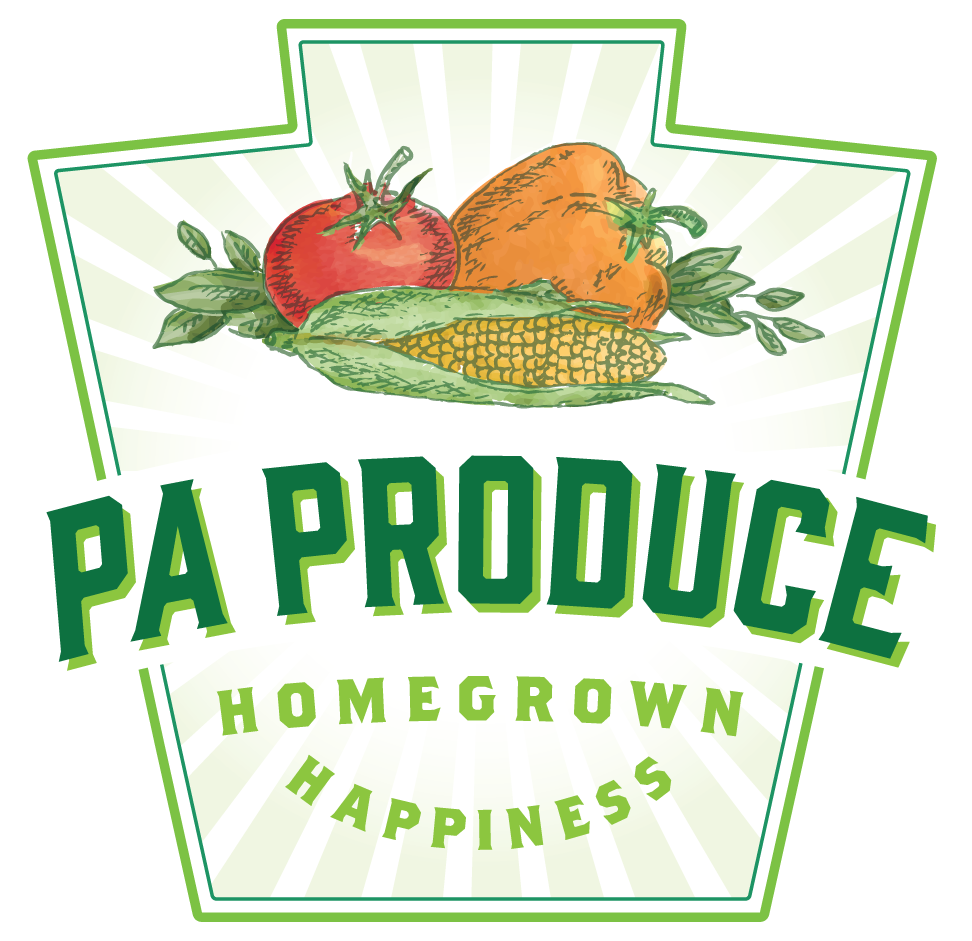For Immediate Release
August 15, 2011
William Troxell
717-694-3596
[email protected]
Snap Beans Are a Major Pennsylvania Vegetable Crop
Pennsylvania growers grow over 7,000 acres of snap beans ranking snap beans as the third largest Pennsylvania vegetable crop after sweet corn and potatoes. It also ranks the state as the sixh largest producer of processing snap beans in the country. Growers have been harvesting beans since early July and will continue until frost.
Snap beans and most other Pennsylvania vegetables are in abundant supply during August. That is why the Governor has proclaimed August as Pennsylvania Produce Month. Snap beans are at their best fresh from the field and now is the time to enjoy them to the fullest. Consumers should have no trouble finding plenty of fresh picked beans at roadside farm markets, community farmers’ markets and supermarkets across the state.
Consumers concerned with rising food prices might want to consider buying a bushel or two of Pennsylvania green beans from a local farmer to can or freeze. Home canning or freezing Pennsylvania snap beans will save gallons of fossil fuels used to truck canned or frozen product across the country. Penn State University offers detailed instructions and recipes on how to safely can or freeze snap beans (and other vegetables) at home. This information is available on the web at http://foodsafety.psu.edu/lets_preserve.html, by contacting any Penn State Cooperative Extension office, or by contacting the Pennsylvania Vegetable Marketing and Research Program at 717-694-3596.
Since most Pennsylvania snap beans are either commercially canned or frozen, another alternative is to purchase these commercially processed snap beans produced by Pennsylvania food processors at a local supermarket.
Beans can be prepared in any number of ways to fit most any menu and taste. Fresh beans lightly steamed but still crunchy can be served whole, cut in strips French-style, or snapped into bite-sized pieces in the traditional manner. They are also tasty in a chilled bean salad and are a staple in summer vegetable stir-frys.
Snap beans come in a variety of shapes and sizes. The most common is the green snap bean with a round, straight pod. Yellow snap beans or wax beans are also popular. Purple-podded beans (which turn green when cooked) and flat-podded beans (also known as Romano or Italian beans) are specialty varieties that have a distinctive flavor preferred by some.
Commonly called string beans, they are more correctly termed snap beans after the sound of being broken into bite-sized pieces. Fifty years ago, they were truly string beans because they had a tough “string” along the seam edge of the pods. This string had to be pulled off before the bean could be snapped. Plant breeders have since succeeded in breeding this undesirable characteristic out of most popular varieties of snap beans grown today.
Snap bean pods are actually the fruits of the bean plant that contain the immature seeds. If the beans are left to completely ripen on the vine, the pod dries up and the seeds mature into dry beans. Kidney beans are the same species as snap beans but are a special variety with dark red seeds.
Health authorities recommend most Americans eat at least 2 to 2 ½ cups of vegetables each day. Snap beans are a popular choice for one of those vegetables and are a good source of vitamin A and fiber.
These recipes from the 2011 Pennsylvania “Simply Delicious” Vegetable Recipe Contest offer three different ways to enjoy fresh Pennsylvania beans:
Snap Beans with Pancetta and Roasted Garlic
Serves 4
1 lb. Snap Beans – fresh, cleaned
1 T. Salt
1/4 lb. Pancetta – diced
2 T. Olive Oil
3 cloves Garlic – roasted
Bring 4 quarts water and tablespoon salt to a rolling boil. Place beans in water. Return water to a boil and cook beans for 2 minutes. Remove from pan and immediately place beans in ice water to stop cooking process and maintain crispness. In a large sauté pan, cook diced pancetta until crispy. Remove pancetta from pan with a slotted spoon and place on paper towels to drain. Drain excess grease from sauté pan. In same pan, pour olive oil and garlic cloves. Cook over medium heat for 2 minutes. Place beans and pancetta in pan with garlic oil. Toss beans in the oil mixture until beans are warmed, but still crispy.
Deb Lyon, Bangor, Finalist
2011 Pennsylvania “Simply Delicious, Simply Nutritious” Vegetable Recipe Contest
Snap Bean Salad
Serves 4
1 lb. Snap Beans – cleaned and cut into 2inch long pieces
1/2 c. Red Onion – very finely chopped
1/4 c. Parsley – fresh, finely chopped
1/4 c. Cider Vinegar
1/2 c. Olive Oil
1/4 c. Sugar
1 T. Ketchup
1/2 tsp. Italian Seasoning
Salt and Pepper to taste
Place beans in a large pot of boiling, salted water and cook for 3 to 5 minutes until just tender but not soft. Drain and chill in ice water. When cooled, drain and pour into bowl. Add parsley and onion. Whisk together the vinegar, oil, sugar, ketchup, Italian seasoning and salt and pepper. Pour over bean mixture and chill. Can be kept in refrigerator for 3-5 days. This is a great way to use the extra beans from your garden.
Mary Ann Deeble, Tamaqua, Finalist
2011 Pennsylvania “Simply Delicious, Simply Nutritious” Vegetable Recipe Contest
Quick Buying Tips for Fresh Pennsylvania Snap Beans
The Pennsylvania Vegetable Marketing and Research Program offers these tips when buying fresh grown snap beans:
— Look for long, slender pods that are free of scars.
— Refrigerate unwashed beans in a perforated plastic bag.
— Each pound of snap beans includes approximately four servings.
— Snap beans are best when steamed or microwaved. Boiling will cause beans to lose many of their nutrients.

